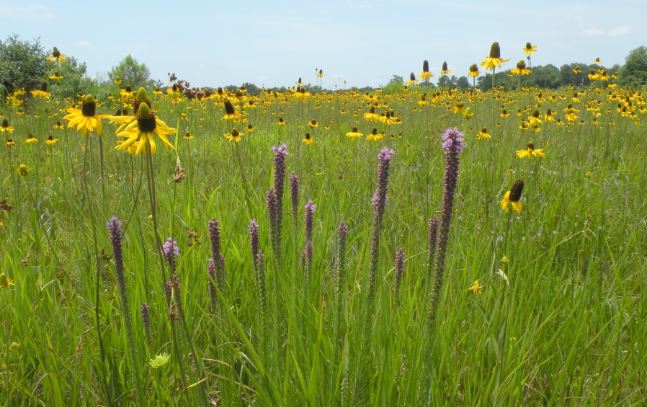Property Easement Types on Texas Lands
Many landowners are familiar with the function of a property easement in Texas, but not everyone is knowledgeable when it comes to property easement types. These are quite variable and are based on the intent of the easement holder, as well as agreements made between the holder and the landowners. Below, we will examine the property easement types.
An easement by necessity prevents certain properties from being landlocked, that is, cut off from a public road. If I were to sell 100 acres at the back of my 300 acre tract of land and provided no access easement to the buyer, they could get a court to grant them an access easement for a road over me by necessity so that they could reach his 100 acre property.
The buyer of the real estate in this example should be aware that the court may not award him the location for a right of way that he wants. The five most common easements are:
- Easement by necessity
- Easement by prescription
- Easement by implication
- Easement by condemnation
- Easement by conservation

Easement by Necessity
Easement by necessity may also be used to gain access to a water source in certain circumstances. To gain an easement by necessity, the landlocked party must prove that his parcel was once part of the parcel that he wants to cross. In many states, a property can become landlocked if this cannot be proved in court.
Easement by Prescription
An easement by prescription, or prescriptive use, is a hostile take-over of a use. The property easement type is an implied easement. It is established when the party seeking an easement over the property of another proves that he and/or previous owners of his property have used someone’s property continuously for the minimum number of years specified under state law, openly and without the owner’s permission.
This claim to use the property of another must be adverse, that is, with his knowledge and acquiescence of a use that runs against his own rights in his property.
The party claiming a prescriptive use need not have paid property taxes on the land on which the use is asserted. Some states may require that a prescriptive use be exclusive, that is, limited to one party; others permit more than one party to claim and benefit from a hostile easement.
If the party claiming prescriptive use was given permission to use the property, prescriptive easement will not be awarded. Additionally, a prescriptive easement would not be awarded if the servient tenement, which would bear the easement, has a mortgage.
The party claiming prescriptive use must meet every standard that state law has established. Access roads are often the subject of prescriptive-easement disputes. Another example occurs when one landowner fences in land that he doesn’t own. This is called an encroachment.
In certain circumstances, the encroachment may be awarded as a prescriptive easement to the party who did the encroaching. Prescriptive use amounts to a private taking of a right in someone’s property, but not a taking of ownership.
Easement by Implication
An easement by implication is the idea that the owner of a property has a right to a use on the property of another that was “reasonably necessary” for the use of the property when it was conveyed. To establish this type of easement over someone’s property, the use should have been continuous and obvious.
This can be a slippery idea, and whether or not a court agrees depends on the facts in each case. An easement by implication might be granted to an owner who has used a lake found on someone’s land for many years as have his predecessors in title.
Easement by Condemnation
Lastly, a public authority, or possibly even a private organization with a statutory right, can acquire the use of private land against the owner’s wishes through an easement by condemnation. A township can build a new road over private land by acquiring an easement through eminent domain. Electric utilities can do the same. Although this can happen, owners are supposed to be given fair compensation for their loss.
Conservation Easement
Another type of property easement type is a conservation easement. This type of easement is either donated or sold to a public agency or land-trust organization. Its purpose is to protect or conserve some statutorily recognized environmental value, such as habitat for endangered species, open space (plant and wildlife habitat in general), wetlands or aesthetics. Most conservation easements are used to limit or prohibit development on undeveloped land and farms.
A conservation easement seller and/or donor can collect a host of local, state, federal and estate tax benefits for conveying a limitation on some right in his property in perpetuity. With this mind, a property burdened by a conservation easement is worth less when resold than it’s worth free of the restriction.
However, most landowners agreeing to a conservation easement do so with the intent that the property never be sold. Contact our land and wildlife management consulting service if you are interested in developing a conservation easement on your property.